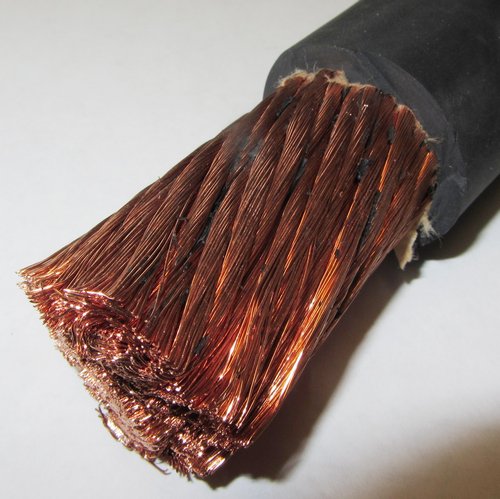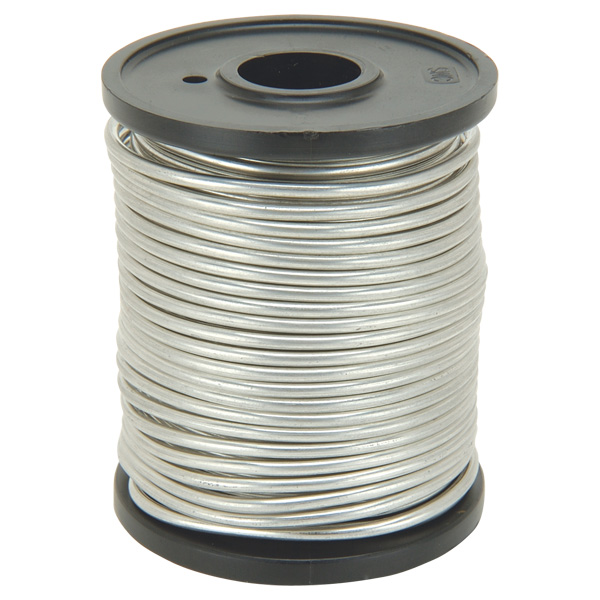How Industrial Manufacturers Kill Moisture in Copper Wires?
Posted on Jul 8, 2020
Moisture and corrosion are two major elements that deteriorate the quality of wires. Copper wires are resistant to both these phenomenon till the surface is isolated by oxide layers or a non-metal. Copper wires are often tinned or coated with non-corrosive compounds to save the outer body from corrosion. It ensures that the stranded copper wires are readily used in moisture-ridden environment like sea shores, under-water transmissions, oiled fuselage and even brine water.
Here is a simple manufacturing process that is done exclusively on the braided and stranded copper wires to eliminate moisture right from the first step of production and henceforth.
Cabling attracts moisture:
It is often seen that the Bunched Copper Wires are ridden with moisture when they come out of the cabling apparatus. The moisture may stay back along the inner walls of the wire, making it prone to internal faults. Internal faults in the copper wire may lead to sudden change in the physical properties, especially when the temperature drops or external pressure is applied on the wire. It risks breakage or snapping of wire.
Power disruption occurs at places where the bunched copper wires carried moisture inside them. In order to save the operational cost and prevent disruption in power supply, the cables are passed through a pressurized apparatus to dry out the moisture after the cabling process.
Air-core cables:
Hollowed cables are less susceptible to the effect of moisture. Its presence is greatly reduced by slightly increasing the gap between the wire core and the inner layer of covering. In order to save material cost on insulation and coating, the bunched copper wires are produced in a hollowed design, also called as air-core cables.
The Air-core cables are produced at the cabling station to block the moisture and oil particles from seeping into the gap. The amount of gap between the wires and the covering is the major factor that indicates how susceptible the bunched copper wires and the stranded Tin Coated Copper Wire are to moisture. Bare copper wires have no coating or covering. Their susceptibility should be the highest.
Owing to their manufacturing process, the effect of moisture is surprisingly less damaging when compared to the woven copper wires or the ones spun over a rotating or the stranding bob.
Jacketing with a gel coating:
The gelled compounds are also rated as an effective medium to prevent the moisture from affecting the performance of the bunched copper wires. The gap between the inner layers of the core and the outer coating is saturated by the gelled compounds. The gel blocks the space where moisture could possibly enter and stay.
The gel compounds can be interested at two stages of manufacturing process:
– Twisting at rotating bob
– Jacketing
The gelled copper wire is allowed to set and then pass through an apparatus sprayed with stream of hot water or atomized air. This is a test for the gel compounds in their action against the moisture. This method is effective in laying the wires at flooded locations or along the shorelines experiencing floods due to frequent tides.













